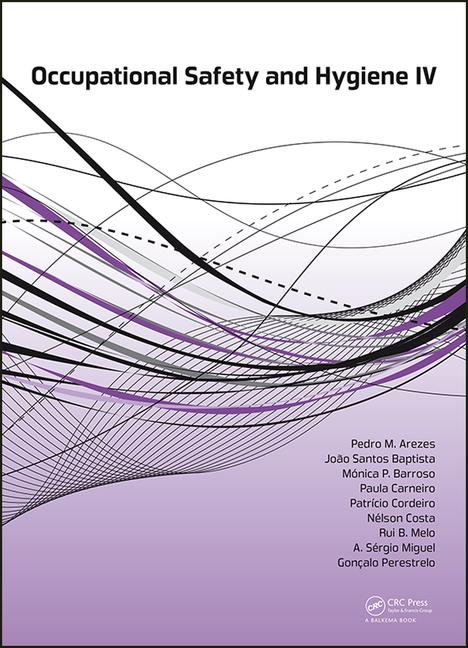 Dr. Christine Whittaker Sofge of the National Institute for Occupational Safety and Health (NIOSH) spoke on the subject of occupational exposure banding at the AIHA Fall Conference.
Dr. Christine Whittaker Sofge of the National Institute for Occupational Safety and Health (NIOSH) spoke on the subject of occupational exposure banding at the AIHA Fall Conference.
Sofge, who is Chief of the NIOSH Risk Evaluation Branch in Cincinnati, OH, explored the question: “What to do when you don’t have a lot of data.”
According to conference materials, chemicals are being introduced at a rate that significantly outpaces OEL development. Guidance is needed for the thousands of chemicals that lack exposure limits.
The occupational exposure banding process recently proposed by NIOSH will deal with the myriad unregulated chemicals in commerce. Control banding (CB) is a technique used to guide the assessment and management of workplace risks. It is a generic technique that determines a control measure (for example dilution ventilation, engineering controls, containment, etc.) based on a range or “band” of hazards (such as skin/eye irritant, very toxic, carcinogenic, etc) and exposures (small, medium, large exposure). It is an approach that is based on two pillars; the fact that there are a limited number of control approaches, and that many problems have been met and solved before. CB uses the solutions that experts have developed previously to control occupational chemical exposures, and suggesting them to other tasks with similar exposure situations. It is an approach that focuses resources on exposure controls and describes how strictly a risk needs to be managed. NIOSH considers CB a potentially useful tool for small businesses.
Control banding must be used in conjunction with health and safety practices such as substitution. Substitution for a less hazardous chemical is still highly recommended to prevent exposure. It is important to note that Control Banding is NOT a replacement for experts in occupational safety and health nor does it eliminate the need to perform exposure monitoring. CB highly recommends the use of professionals to provide recommendations. The fourth band specifically recommends seeking professional assistance for highly hazardous exposures. Furthermore, CB recommends exposure monitoring to follow the CB intervention to ensure the installed controls are working properly.
Sofge provided an overview of the exposure banding process and an understanding of the toxicological criteria associated with the process.
Click here for more information from NIOSH about control banding.




